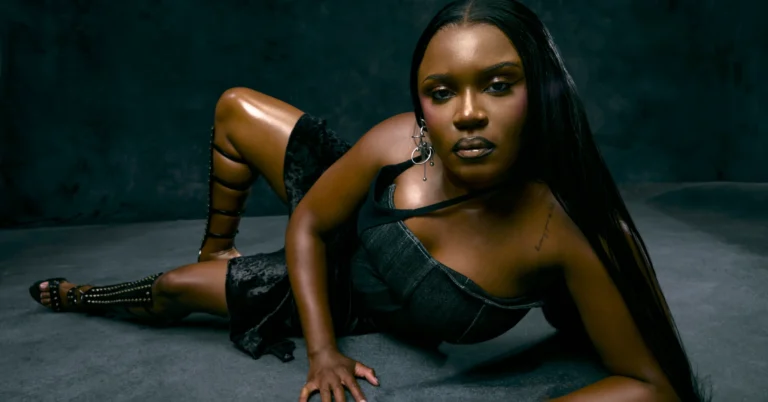If you are thinking about an essential step in your life and want advice, before your next move, ask Free AI Tarot first — this is the call that can be increasingly found on interactive platforms. Let’s figure out how modern tarot reading with AI works, where the line between machine calculation and real intuition is, and what to expect from such fortune-telling.
The Emergence of AI-Driven Tarot Services
Technology has made a sharp leap in recent years. Today, you do not need to have many years of experience and deep knowledge to get a Tarot layout.
Services have emerged that utilize AI Tarot to provide instant answers, leveraging algorithms and databases to match cards with user questions. This is a new stage — when traditional practices give way to machine solutions.
From Traditional Craft to Automated Card Reading
Previously, learning Tarot was a whole art. You need to know not only the symbolism of the cards, but also be able to feel the atmosphere, tune in to the interlocutor. Tarot readers spent hours in practice, improving their intuition and ability to “read” a person.
Now, with the development of technology, automated services have emerged, where the process is reduced to a few clicks. Systems based on neural networks analyze questions and create a layout using complex algorithms. There are even interactive sites and chatbots that not only provide the meaning of the cards but also offer individual interpretations.
Behind the Scenes: How AI Analyzes Tarot Questions
To understand how AI-based Tarot copes with reading cards, it is essential to realize that there is no magic behind this, but a powerful mathematical apparatus. Algorithms first analyze the user’s request, including the request itself and the keywords. Then the system selects a specific set of cards, taking into account the probabilistic connections and patterns identified during training.
After this, an interpretation is formed: programs use ready-made descriptions of the cards and apply them to the context of the question. In some cases, these can be chatbots with the ability to dialogue. Today, Free AI Tarot is not just a hobby, but a popular way to quickly get advice when there is no opportunity to contact a live tarot reader.
Exploring Whether AI Can Truly Perceive “Energy”
The main question is whether artificial intelligence can truly “read energy” the same way a human tarot reader can. To achieve this, it is essential to understand what “energy” means in the context of Tarot and to recognize the boundaries between a machine and a human being.
Understanding “Energy” Within Tarot Practice
In Tarot, “energy” is a metaphor for the intuition and emotional state that the tarot reader feels. It is challenging for artificial intelligence to recognize these subtle signals, as it cannot perceive emotions and feelings in the same way humans can. The main components of this phenomenon are:
- intuition and inner feeling of the tarot reader;
- emotional background of the client during the session;
- personal history and current life circumstances;
- non-verbal signals and small details picked up by intuition;
- influence of the atmosphere and environment.
Artificial intelligence can only analyze available data, but it does not perceive the subtlest nuances of human perception.
Comparing AI Pattern Recognition with Human Intuition
Artificial intelligence is excellent at analyzing large amounts of information and identifying patterns. It can quickly recognize repeating patterns in questions and data, which allows it to offer logical and reasonable interpretations of cards.
Human intuition is something more subtle and multifaceted. It allows you to feel when a question is asked incorrectly, notice hidden motives, and suggest unexpected solutions. A machine, unlike a person, is unable to “feel”.
In this sense, artificial intelligence analyzes data, identifies patterns, and generates responses based on statistical analysis. While a person feels emotions, notices non-verbal signals, and takes into account the personal context.
Strengths and Boundaries of AI in Tarot Interpretation
Moving to a more practical view of the issue, it is worth considering what exactly AI Tarot can offer today, as well as its limitations. After all, technology can accomplish a great deal, but it is not without significant drawbacks.
Always Ready, Unbiased, and Instantly Accessible
One of the key advantages of AI technologies in fortune-telling is their accessibility. AI-powered services operate 24/7, which is especially valuable for those who seek advice at any time of the day or night.
Among the main advantages of AI tarot are the following:
- 24/7 access to fortune telling without waiting;
- fast issuance of layouts and interpretations;
- absence of personal biases and emotional assessment;
- possibility of unrestricted use;
- anonymity and comfort, especially for beginners who are embarrassed by live consultations.
Understanding these strengths helps you realize that AI tarot reading is not just a trend, but a convenient and accessible way to get acquainted with Tarot cards and self-analysis.
The Missing Human Touch in AI Tarot Sessions
Despite its convenience and speed, AI fortune telling has a significant drawback – the lack of deep personalization. Artificial intelligence does not know your history and does not perceive the subtle nuances of live communication. Among the main limitations of AI in Tarot:
- lack of knowledge of the client’s background;
- inability to capture emotional shades and intonations;
- universality of interpretations without taking into account individual characteristics;
- limited flexibility of answers in a specific life context;
- lack of support in crisis and difficult situations.
This mixture of advantages and limitations emphasizes that AI tarot is best used not as a final advisor, but as an auxiliary tool.
Blending Intuition and Algorithms: A Symbiotic Tarot Experience
Modern trends show that the best path is not a struggle between man and machine, but their cooperation. Using AI Tarot as a starting point allows you to create a quick, basic layout, which can then be further developed through your reflections or consultations with a professional.
AI as a Catalyst for Self-Reflection
AI-generated layouts often catalyze reflection. They do not dictate answers, but provide direction, allowing the user to view the situation from a different angle.
People who are not ready to immediately turn to a live tarot reader get the opportunity to understand their thoughts and emotions. Thanks to this, personal intuition and self-understanding develop.
The Power of Combining Human Insight with AI Tools
There is also a more complex format, where live tarot readers use AI technologies in their work. This is a hybrid approach that enhances and expands the possibilities of fortune-telling. For example, on some services, specialists first launch an AI layout, and then, based on it, perform a more in-depth analysis.
Navigating the Ethics and Responsibilities of AI Tarot
As AI technology advances, it is essential to be mindful of its ethical implications. No algorithm should replace a living person in making life-changing decisions.
Balancing Trust and Skepticism in AI Readings
Users should remember that ask AI tarot is a tool, not a fateful oracle. Responsibility for choices and actions remains with the person. Transparency in the work of services is another vital point. The user must understand that they are given an algorithmic result, and not a magical revelation.
Ethics and Accountability in the Era of AI Tarot
When it comes to fortune telling, trust, and life decisions, it is crucial to recognize that technology is merely a tool, not an omniscient seer. An AI tarot reader can help provide direction, but should not replace a person’s responsibility for their own choices.
Keeping a Balanced Perspective on AI Guidance
Many users tend to overestimate the capabilities of artificial intelligence, perceiving its layouts as something mystical and final. AI is not conscious and therefore cannot make decisions. It does not feel emotions, cannot understand the nuances of your life, and does not bear moral responsibility for the advice it offers.
To avoid dangerous addiction, it is always worth considering AI layouts as an auxiliary tool — a reason to think, rather than a ready-made solution.
Wrapping Up: AI Tarot as a New Lens for Reflection
AI Tarot is a new format for interacting with cards and your thoughts. Online fortune telling based on AI is a convenient and accessible tool for self-analysis, particularly for those new to Tarot. But they will not replace deep human intuition and emotional contact that a live tarot reader gives.
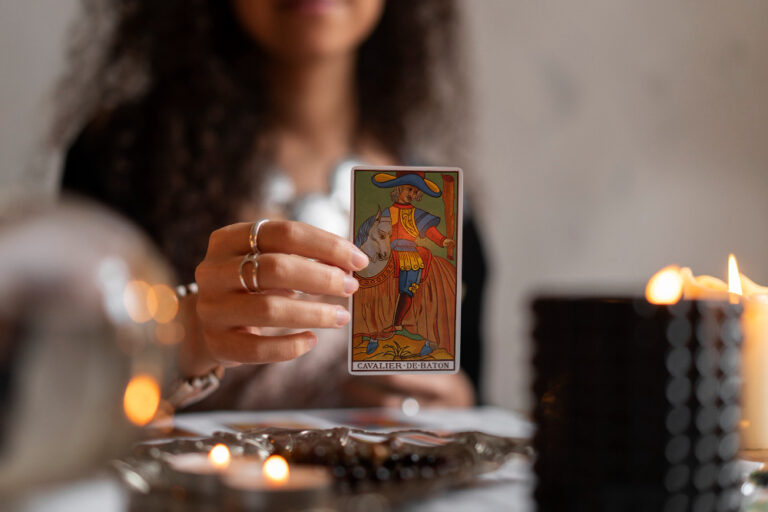


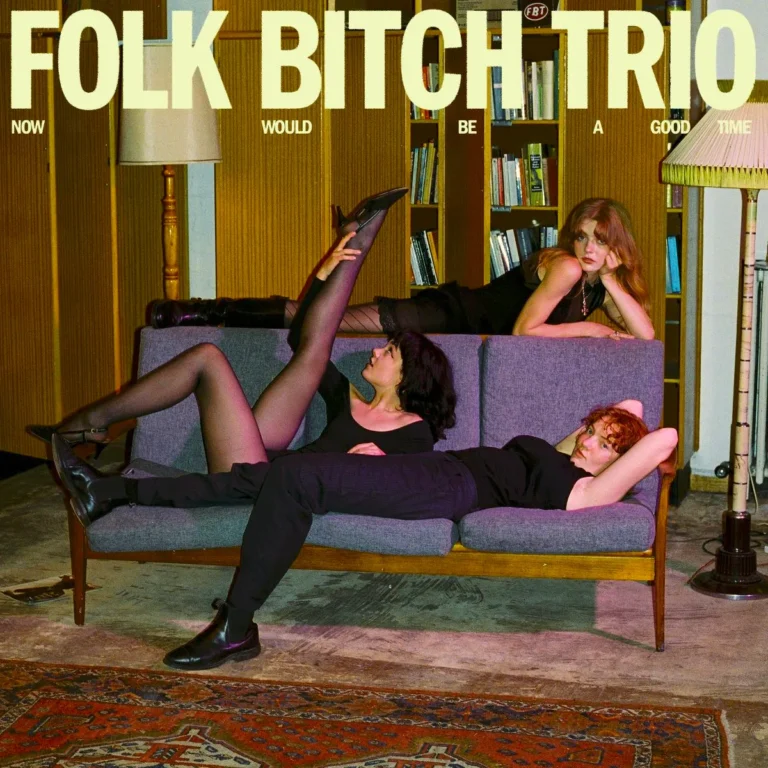
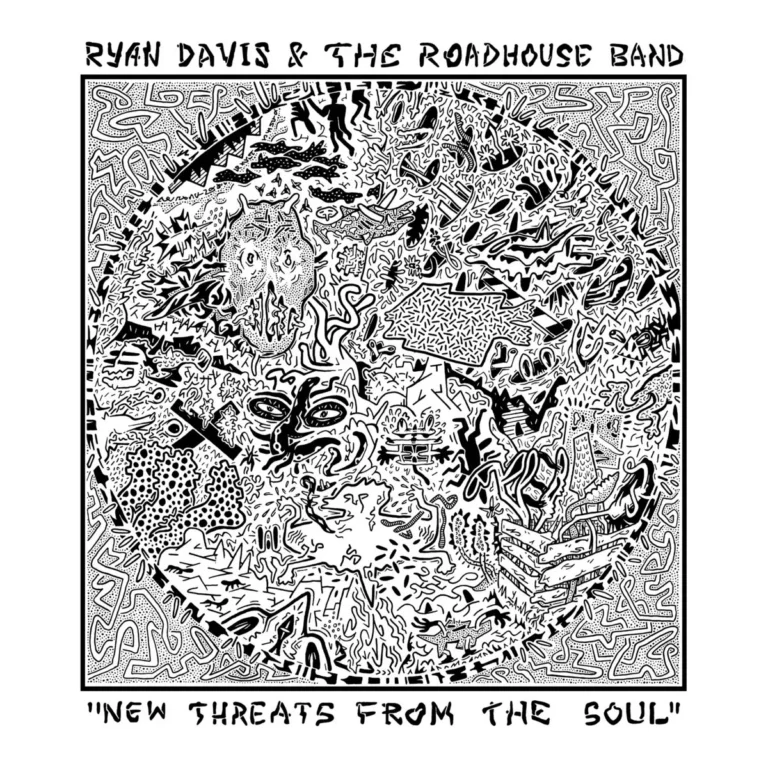
 Ryan Davis and his Roadhouse Band have released their sophomore album,
Ryan Davis and his Roadhouse Band have released their sophomore album, 



 Indigo De Souza leans toward a pop-inflected sound on her latest album, Precipice. “Life feels like always being on the edge of something without knowing what that something is,” the singer-songwriter said in press materials. “Music gives me ways to harness that feeling. Ways to push forward in new directions.” She worked on the follow-up to 2023’s All of This Will End with Elliott Kozel, who’s collaborated with the likes of SZA, Yves Tumor, and FINNEAS, and previewed it with the singles
Indigo De Souza leans toward a pop-inflected sound on her latest album, Precipice. “Life feels like always being on the edge of something without knowing what that something is,” the singer-songwriter said in press materials. “Music gives me ways to harness that feeling. Ways to push forward in new directions.” She worked on the follow-up to 2023’s All of This Will End with Elliott Kozel, who’s collaborated with the likes of SZA, Yves Tumor, and FINNEAS, and previewed it with the singles 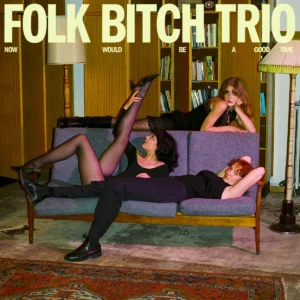
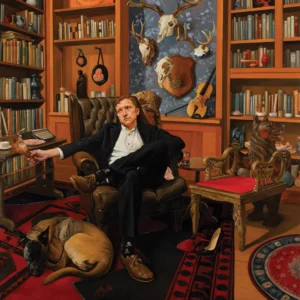 Tyler Childers has released a new album titled
Tyler Childers has released a new album titled  Freddie Gibbs and the Alchemist have released
Freddie Gibbs and the Alchemist have released  Wand’s Cory Hanson has released his fourth solo album,
Wand’s Cory Hanson has released his fourth solo album, 